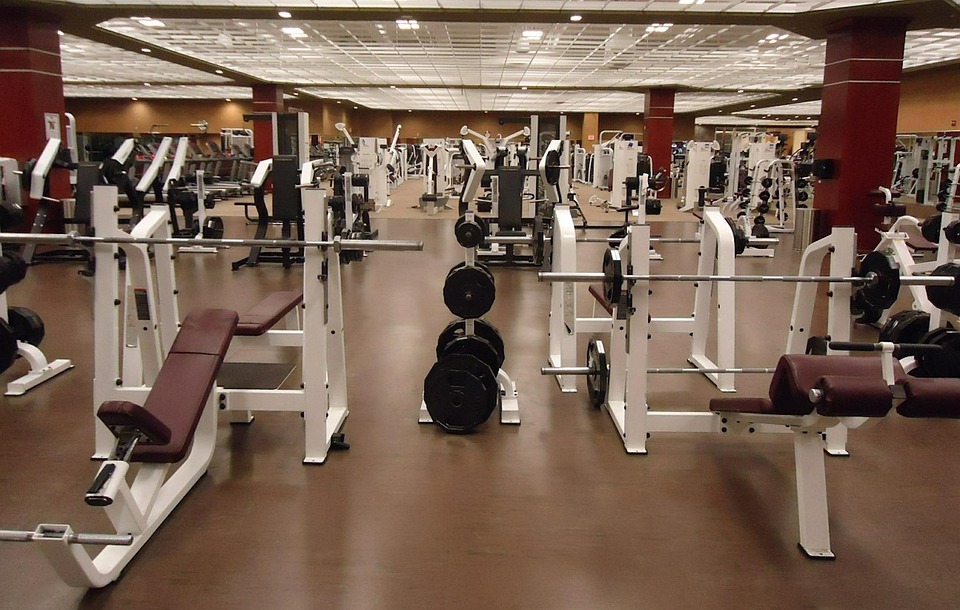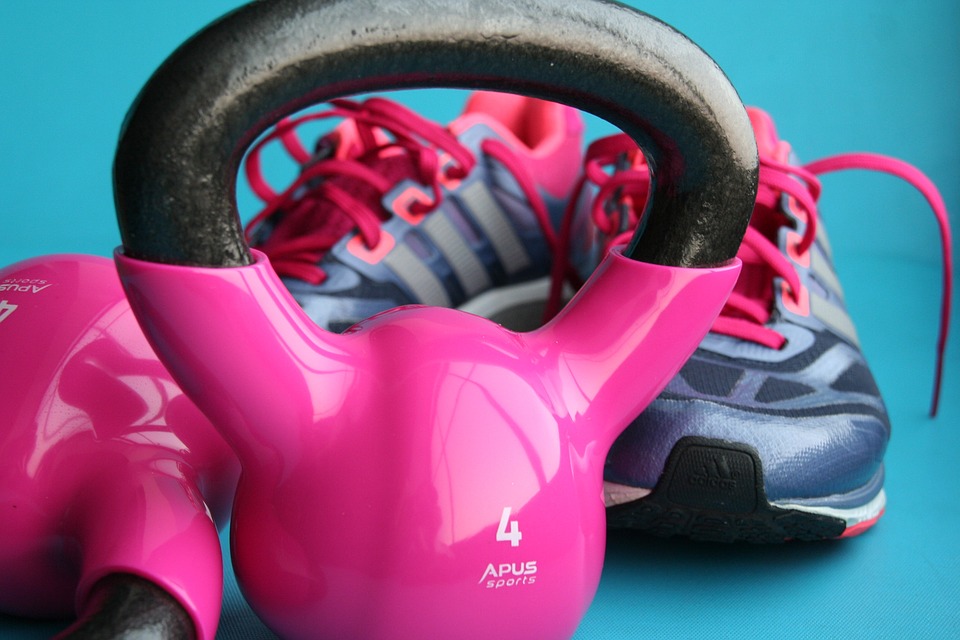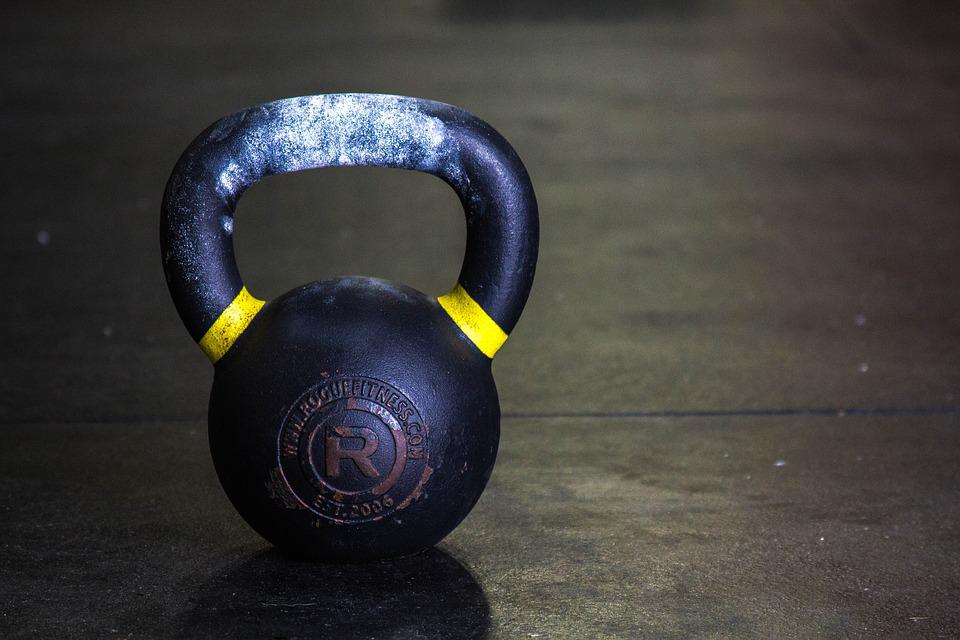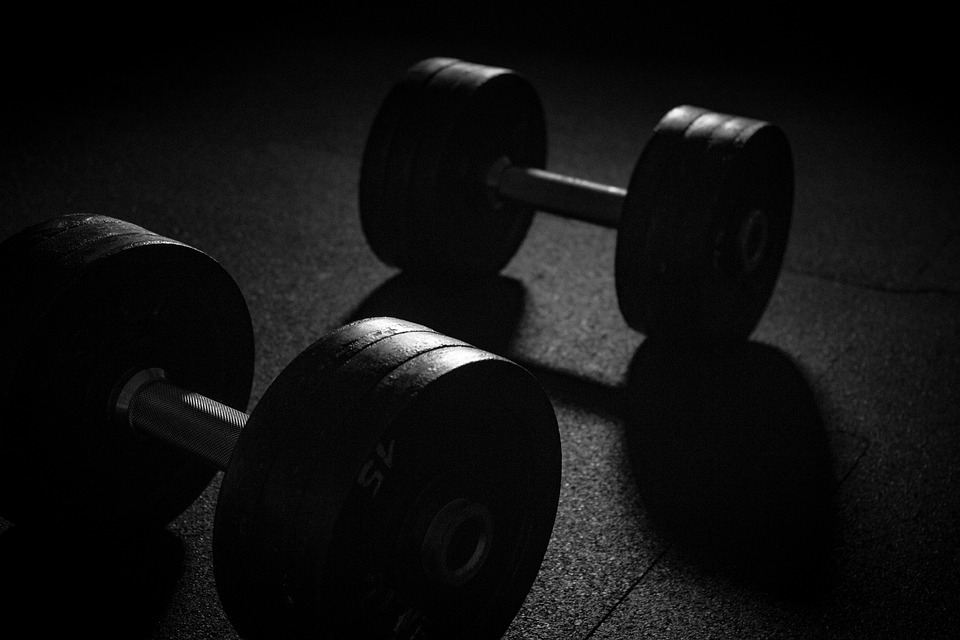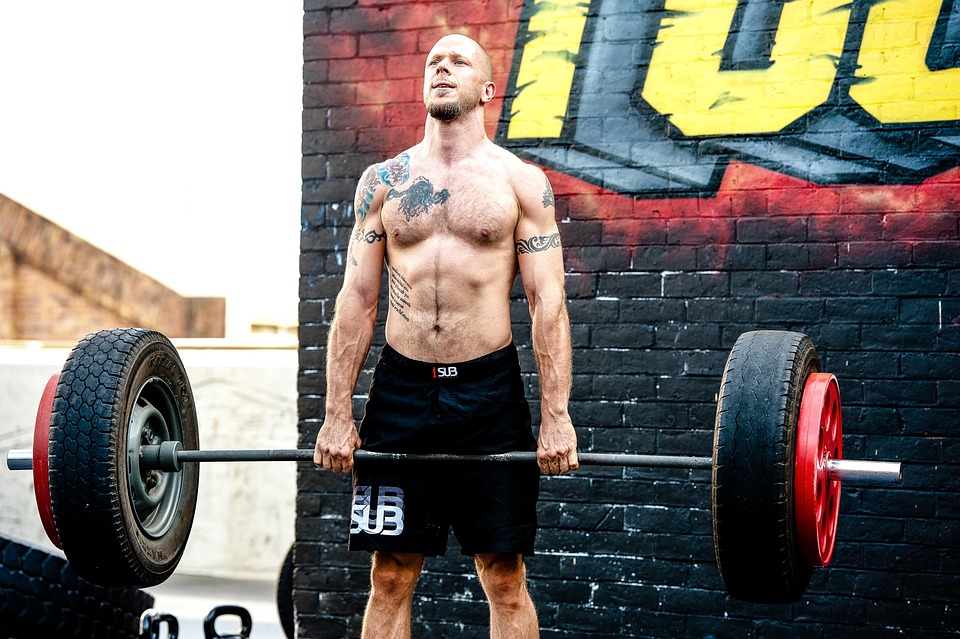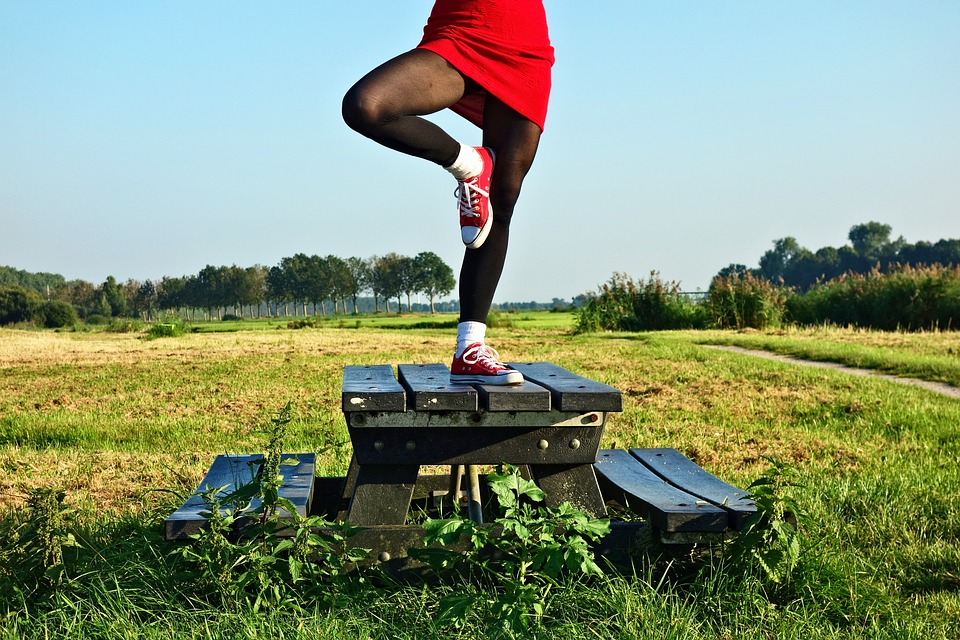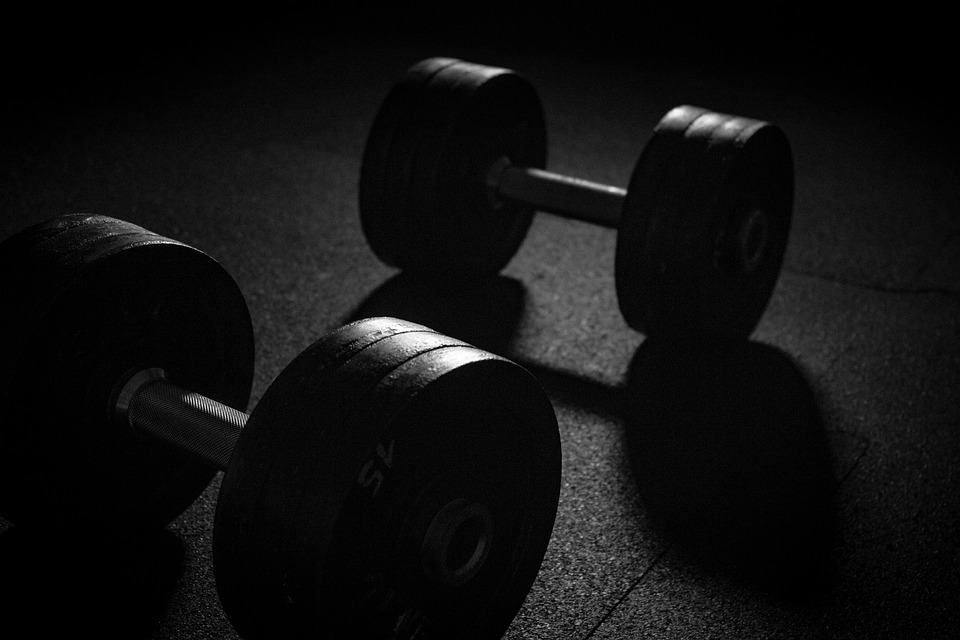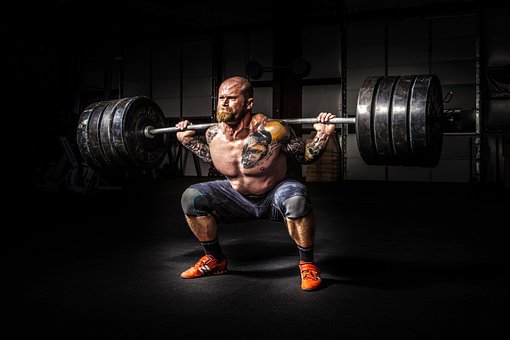
If you visit a gym that emphasizes strength training, you will likely see some familiar lifting equipment. The presence of barbells, dumbbells, and kettlebells is not what is most important here. Examples of typical items of clothing or equipment that people wear when weightlifting include weightlifting shoes, knee sleeves, weightlifting belts, lifting straps, and wrist wraps. The purpose and use of weightlifting belts may be the least recognizable out of all the wearables.
Common Beliefs Regarding Weightlifting Belts
Some common beliefs regarding the use of weightlifting belts during resistance training include:
- “A weightlifting belt will protect your back from injury”
- “If you have low back pain, a weightlifting belt will decrease your pain by ‘shielding your back’”
- “A weightlifting belt should be worn for all exercises”
- “A weightlifting belt should be worn for all sets of compound exercises”
- “A weightlifting belt makes your trunk (‘core’) muscles weak, over time”
In the following section, we will review the existing data and testimonies to determine which of these convictions have a basis in fact and which do not.
Weightlifting Belts and Lumbar Spine Stiffness
Cholewicki and their colleagues evaluated what happens to torso steadiness when abdominal pressure and a belt across the abdomen are raised in an exercise called a “quick release task”.
For the speedy exercise, a participant was positioned in a modified sitting/kneeling apparatus to restrain mobility in the hip and lower areas, while the torso still had the capability to move in all directions. A magnetic quick release system was utilized to generate a moment around the lumbar spine during flexion, extension, or side bend by enforcing an isometric load equivalent to 35% of the individual’s maximum voluntary isometric contraction at the mid/lower portion of the thoracic spine. The researcher then unexpectedly dropped the load, taking simultaneous readings of the stiffness of the trunk and any muscle activation.
They reviewed the effects of five different scenarios on the quick release tasks, which encompassed both non-belted and belted measurements at 0%, 40%, and 80% of the highest intra-abdominal pressure. The authors brought to attention that creating intra-abdominal pressure was indeed inevitable and the estimated intra-abdominal pressures for every group were judged to be 14.1% (0%), 42.8% (40%), and 71.3% (80%) for each scenario.
Research conducted by the authors revealed that the abdominal belt and intra-abdominal pressure both enhanced the rigidity of the torso in all areas, though not enough to create a statistically significant impact on resistance to extending. Analysis revealed that for non-belted individuals, an increase in intra-abdominal pressure of 40% and 80% heightened trunk rigidity by 21% and 42% when measuring the response to flexion. They discovered that when intra-abdominal pressure was at 0% and 80%, the belt heightened trunk rigidity by 29% and 41%, respectively. The cumulative effect of these two points was that when the belt was worn at 80% intra-abdominal pressure, the trunk’s ability to bend was increased by 83%. For flexible side movements, the belted state with 80% abdominal pressure boosted the hardness of the trunk by 86%.
Electromyography (EMG) indicated that the muscles became more stimulated as intra-abdominal pressure increased in all muscles tested. Included among the abdominal muscles are the rectus abdominis, external oblique, internal oblique, latissimus dorsi, thoracic erector spinae, and lumbar erector spinae. There was no change in muscle EMG activity while resisting flexion when wearing the belt, apart from a notable decline in excitation of the lumbar erector spinae muscles at 80% intra-abdominal pressure.
Weightlifting Belts and Back Pain Prevention
Ammendolia and their colleagues conducted an extensive analysis of existing data to evaluate the efficacy of a lumbar/abdominal belt for preventing back discomfort. In their discussion, they stated:
The evaluation of this matter leads to an inconclusive result as to whether wearing a back belt helps in reducing or eliminating the occurrence of lost time due to lower back pain experienced by workers handling goods. The amount and quality of evidence to support this conclusion is both scarce and unsatisfactory.
They concluded:
“In general, the majority of the evidence presented in this review, and the evidence presented in earlier reviews of the topic, indicates that individual workers presenting with no prior history of LBP are unlikely to benefit from the use of a back belt.”
They did accept that there is some data showing that wearing a back belt could be advantageous for people who have had low back pain in the past, but the findings are inconsistent.
Do You Need A Weightlifting Belt?
You might benefit from a weightlifting belt if you:
- regularly lift more than 1 to 1.5 times your body weight on squats and deadlifts
- want additional lower back support during heavy barbell exercises
- want to build above-average strength and muscle
What Does A Weightlifting Belt Do?
A weightlifting belt (or powerlifting belt) has three main purposes.
- It provides support to reduce stress on your lower back during heavy lifts
- It teaches you how to maintain constant intra-abdominal pressure when doing exercises that require core engagement
- It can improve your form on exercises that require a neutral spine
When worn correctly, the belt goes around the center of the body, encompassing the rectus muscles, the sides, and the lower back muscles.
You can use this belt to stretch your stomach area, much like how a balloon inflates, while you are performing a difficult lift.
Weightlifting belts provide a point of support for the abdominal muscles, providing extra reinforcement and steadiness.
Who Should Use Them?
Anyone who does frequent heavy lifting, such as weightlifters, powerlifters, Olympic weightlifters, CrossFitters or anyone who wants to improve their strength, should make use of a lifting belt.
It’s not just athletes who can make use of a belt to their advantage. I suggest that everybody does some sort of strength training in order to better their overall health and well-being.
What Exercises Are Weightlifting Belts Used For?
Belts are a beneficial aid for different types of workouts, especially ones that involve big barbells.
The most common examples include:
- deadlifts
- squats,
- barbell rows,
- sometimes bench presses and overhead presses and
- Olympic lifting (clean & jerk and snatch)
In general, a majority of individuals can lift heavier weights if they are using a belt compared to not using one.
Belts enable folks to feel more secure when attempting to lift substantial weight to achieve their optimum one-rep maximum (1RMs) or latest personal records.
Should A Beginner Wear A Weightlifting Belt?
If you are just starting out, you do not need to use a weight-lifting belt.
Generally, you don’t need a belt until your squat and deadlift can reach weights of 1 to 1.5 times your own bodyweight.
As an illustration, if you’re 150 pounds, you won’t need a weightlifting belt until you perform squats and deadlifts with 150 pounds for multiple reps.
It is absolutely necessary to be familiar with the correct technique for lifting before employing a belt to lift heavy amounts.
Weightlifting belts won’t fix bad form. If your form is poor when lifting, you risk getting hurt if you try to lift weights that are too heavy, even if you use a belt.
When Shouldn’t You Use A Weightlifting Belt?
These are three times when it is not appropriate to wear a belt: when sleeping, when taking a shower, and while swimming.
- If you have a weak core: Over-reliance on a belt might prevent core strength development and lead to weakness in your abdominal muscles over time.
- You are trying to hide or mask bad form and lower back pain: Always make sure that you are using proper form when doing a major barbell compound exercise.
- It restricts your breathing and mobility: Mobility restriction in exercises like the back squat can increase your risk of injury.
Additionally, if your physician has instructed you not to perform the Valsalva maneuver (for example, those with hypertension or increased stroke probability), you must not use a belt.
One way to perform the Valsalva maneuver is to take a deep breath, hold the glottis closed, tense your stomach muscles, and push down.
How To Wear A Weightlifting Belt
Here is the proper way of wearing a lifting belt:
- Place the belt around your waist at the level of your belly button
- Tighten the belt to the point where it is slightly uncomfortable
- Once the belt is tight, make sure that you can still expand your abdomen against it. If you can’t, loosen it a bit.
- Lastly, check if you feel any pinching or pain. If so, play around with the torso positioning of the belt.
The Different Types Of Lifting Belts
There are two main types of weightlifting or powerlifting belts:
- Prong belts and
- Lever belts.
A prong belt has the same appearance as a standard buckle belt. Put one or two pins through the openings that have been specifically made to alter and tighten the belt in order to secure it.
Belt buckles utilizing a more up-to-date procedure are used to cinch and loosen the belt. Generally, they can be put on and taken off more quickly, but it is more difficult to alter how snug they are.
Both prong and lever belts have comparable levels of support for the spine and generate similar levels of pressure on the abdomen.
The one you choose comes down to personal preference.
Leather belts designed for weightlifting and powerlifting typically have consistent widths throughout, and are offered in many different thicknesses.
Other Related Questions
Is It Better To Lift Without A Belt?
You can improve your innate core strength and capacity to construct and keep up inner stomach pressure if you train without a belt.
You should only utilize a weightlifting belt when it is necessary, such as when lifting a heavy weight.
Do not wear a belt while starting your warm-up reps or when doing movements that are not too intense.
Is A Weight Belt Cheating?
If you like to adhere strictly to established rules, you could regard using a belt as a form of taking undue advantage. Using a weightlifting belt enables you to lift heavier weights and become stronger more quickly compared to if you did not wear one.
No professional sporting competitions have made the wearing of belts unlawful.
If you want to increase your strength and lift heavier weights, it might be beneficial to wear a belt.
How Tight Should The Belt Be?
The belt should be fitted tightly enough to cause a bit of unease, but not to the extent that you cannot pull in your stomach against it.
After buckling up, attempt to take a deep breath. Are you able to sense your midsection, side muscles, and lower back broadening against the belt?
If not, the belt is too tight.
At What Weight Should You Use A Belt?
Think about putting on a belt after you have been able to do both squats and deadlifts between one to one and a half times your body weight and also when you are lifting weights and going for reps that are 80 percent or more of your greatest 1-repetition maximum.
Final Thoughts
Weightlifting belts provide additional intra-abdominal pressure when the user breathes in and contracts the abdominal muscles in a Valsalva maneuver.
When worn correctly across the abdomen, weightlifting belts make the upper torso more rigid while carrying out activities like squats and deadlifts that require resistance to external flexion. As the amount of intra-abdominal pressure enhances, trunk firmness is enhanced even more.
Weightlifting belts, when used correctly and tightly fastened, can lead to increased contraction of the trunk muscles, apart from the spinal erectors. The extra tension in the muscle could be due more to the higher pressure inside the abdomen rather than just the belt. The use of a belt may cause an increase in the intra-muscular pressure around the spinal erectors, thus leading to a decrease in the activation of these muscles. This can be perceived as the spinal erectors working more effectively when carrying a certain quantity of weight while using a belt.
No evidence exists that suggests that long-term use of a weightlifting belt will have a negative effect on core strength. The reports of the highest-performing athletes in all forms of lifting suggest that they typically utilize a weight belt for much or even all of their training and competitions, so it is reasonable to assume that a weight belt will enhance performance.
A weightlifting belt can have the psychological advantage of making one feel much firmer or more secure while performing multipart lifting routines.
It is not risky to use a weightlifting belt together with the Valsalva maneuver while strength training, as long as the individual was medically approved to take part in strength training with no restrictions.
Based on the lack of evidence to prove its effectiveness in occupational use, it appears unlikely that using a lifting belt for weight training will prevent a person from getting their first-ever low back pain. The full effects of their contribution to the prevention of repeated issues with low back pain still needs to be explored, however it is certain that they ought not to be utilized in order to shield the lower back from tension during resistance exercise. When dealing with lower back pain, it would be better to start slowly and gradually build up activity levels rather than starting too fast.
When it comes to lifting weights, using a belt appears to have both physical and mental advantages. The benefits these provide are limited and will never be more advantageous than having consistent workouts with the right program.
Weightlifting belts should not be considered essential and should not stop someone from engaging in resistance training.
Belted or beltless, happy training.

